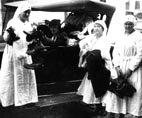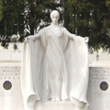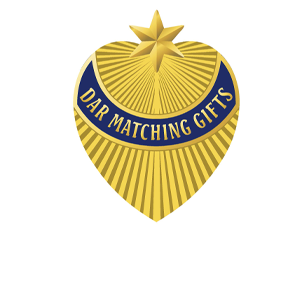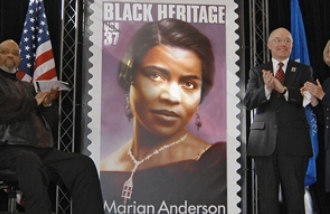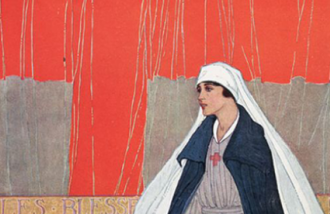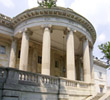The odd-looking letter known as the long s (or long ess) is believed to have derived from the old Roman cursive medial s. In the latter half of the 18th Century, when a greater distinction between uppercase and lowercase letter forms became established, the long s developed a more vertical form, looking more like an elongated s or a lowercase f.
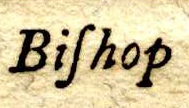
The word “Bishop” with a long s that resembles an elongated “s,” as it appears in The Maryland Journal and the Baltimore Advertiser, on the bottom left corner of the front page.
To modern-day readers the long s is often confused with the lowercase f. This confusion is understandable, especially when the long s is written or printed so that it resembles a lowercase “f,” with an f-like nub at its middle, but usually on the left side only.
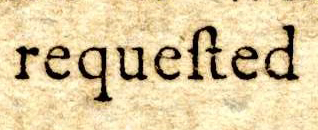
The word “requested” with a long s that resembles an “f,” as it appears in The Maryland Journal and the Baltimore Advertiser, on the top right corner of the back page.
During the time of the American Revolution, this older form of the letter “s” was often used at the beginning or middle of a word, but only rarely used at the end of a word. The double s in the middle of a word was sometimes written with a long s and a short s, as in the word “meſsage.” Yet in the sample of the 1773 issue of The Maryland Journal and the Baltimore Advertiser, shown below, we see the double s written as a long s paired with another long s. You may see this version in the land ad posted by George Washington in the third column on the back page of the newspaper.

This detail from the George Washington land ad reads:
provided, within the space of two years from next
October, three acres for every fifty contained in each
lot, and proportionably for a lesser quantity, shall be
cleared, fenced, and tilled; and that, by or before the
time limited for the commencement of the first rent, five
Although the long s fell out of use in the early 19th Century, a number of important Revolutionary War documents in our care contain wonderful examples of this forgotten letter variation in both handwritten and printed form. Your donations to the NSDAR General Fund enable us to care for these treasured artifacts and preserve not only the words of our patriot ancestors, but the form in which those words were written.
Thank you for helping us preserve items like this issue of The Maryland Journal and the Baltimore Advertiser.
Sources: NSDAR Americana Collection, Dictionary.com, Wikipedia


